Ahead of the launch of the Portrait of Britain exhibition tomorrow, Marc Hartog, CEO of…
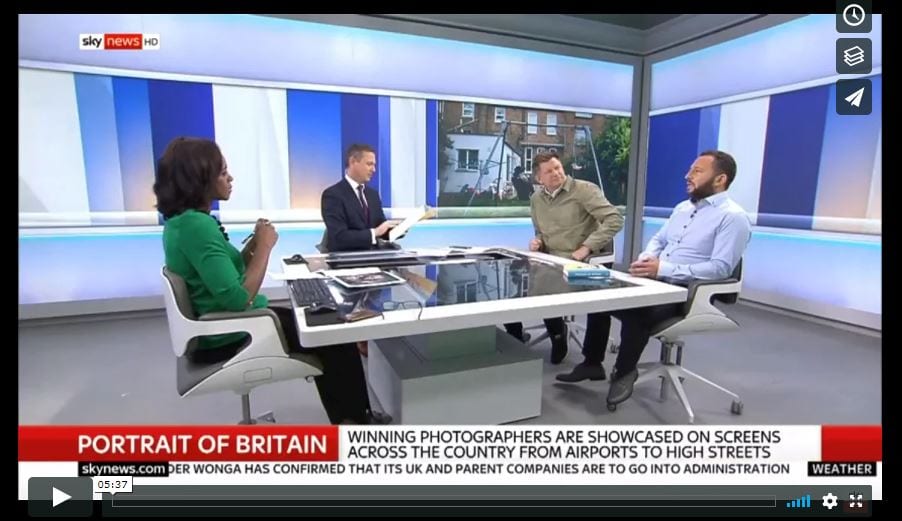

Ahead of the launch of the Portrait of Britain exhibition tomorrow, Marc Hartog, CEO of…
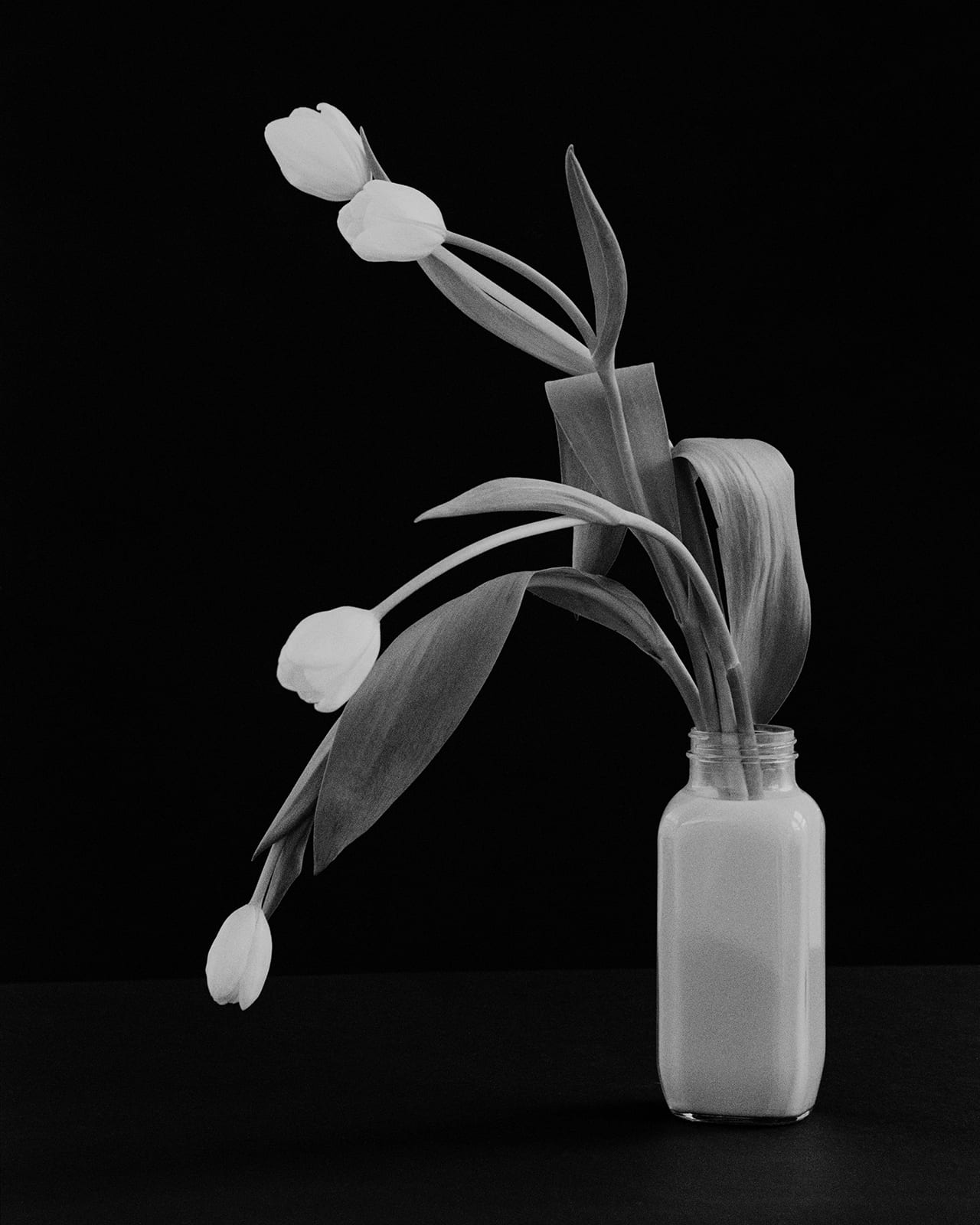
“You should get into the habit of looking above eye-level while walking,” says American photographer Brian Kanagaki. “It’s much more beautiful than looking down at the dirty street and trash.” Golden Persimmons, shot over a period of six years, captures geometric subjects in ambiguous environments; spanning over eight countries (though predominantly New York), the brutally black and white images take inspiration from the graphic, organic shapes found in cities globally.
The project began when the design director got lost while taking a shortcut in his hometown, San Francisco. “It was funny to get lost in a city that I thought I knew so well,” he says. “I ended up driving around and finding so many new things that got my mind working.” One of which was decorative trees in people’s front gardens, the original basis for the series. But after moving to New York and spending time travelling, the idea quickly evolved to focus on tying the world together by capturing its mundane similarities.
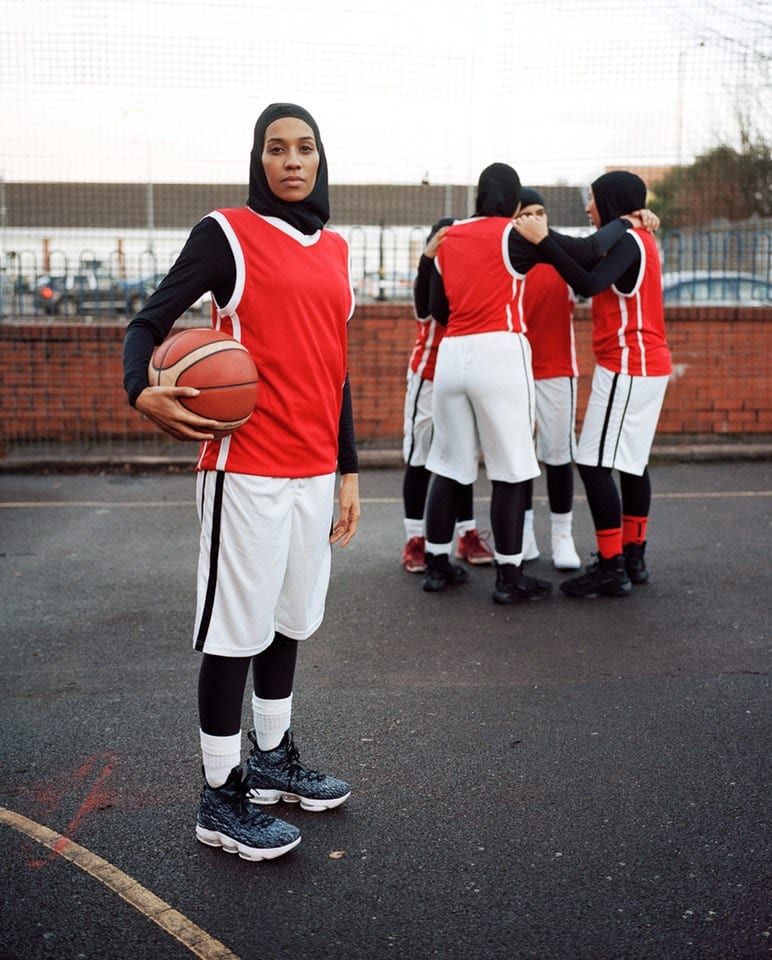
This year marks the third annual Portrait of Britain exhibition. As much a showcase of…
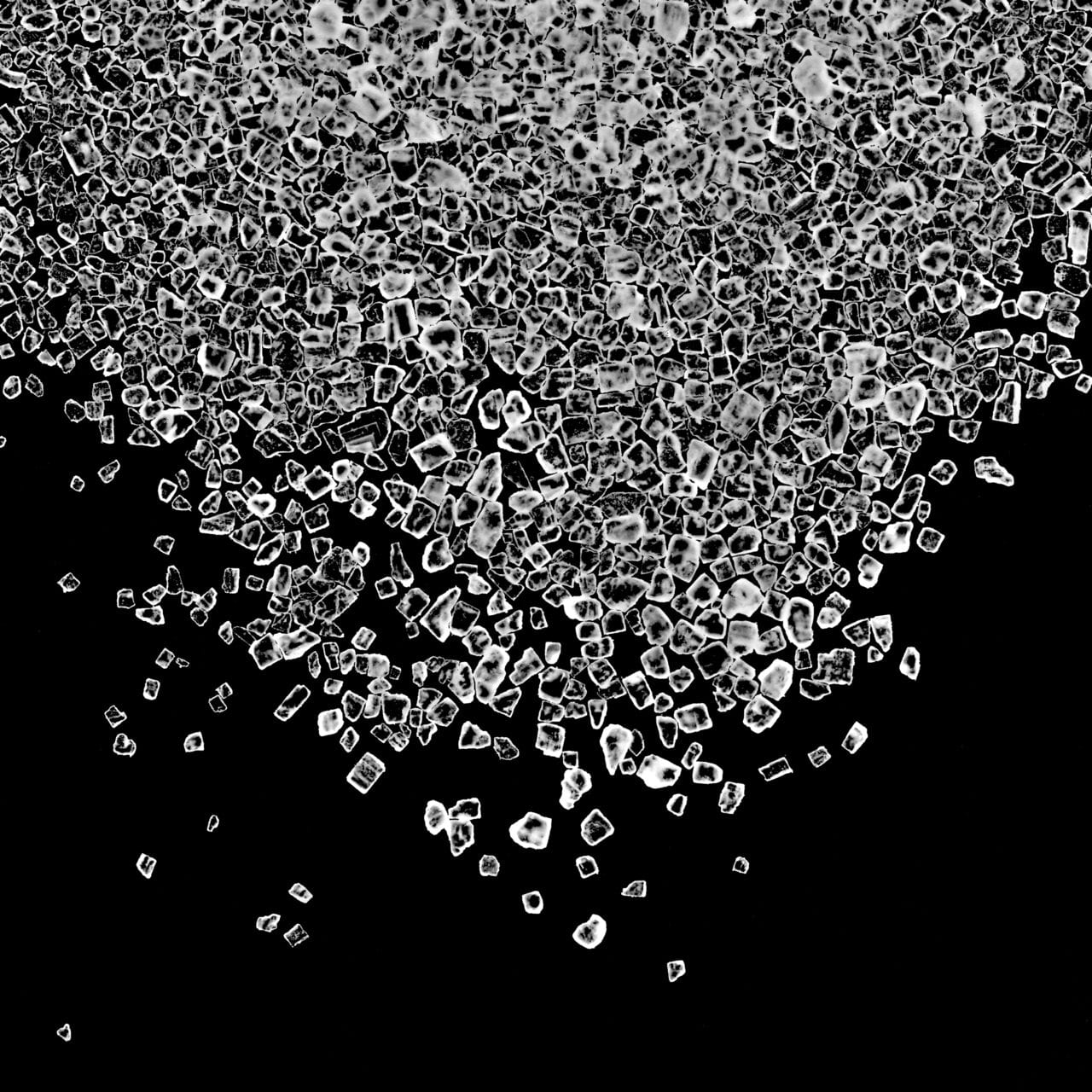
It began in March 2015 when David Yates, a client of photographer and fine art printer Mike Crawford, turned up at his print studio, Lighthouse Darkroom, with a “shopping trolleyful” of old boxes of expired photographic paper. The next day, he brought another. The two loads were what was left of a mass clear-out of Yates’ late grandfather Bret Sampson’s darkroom. The British photographer’s London studio was his first port of call, given that Crawford was already working with Yates on another of his personal projects.
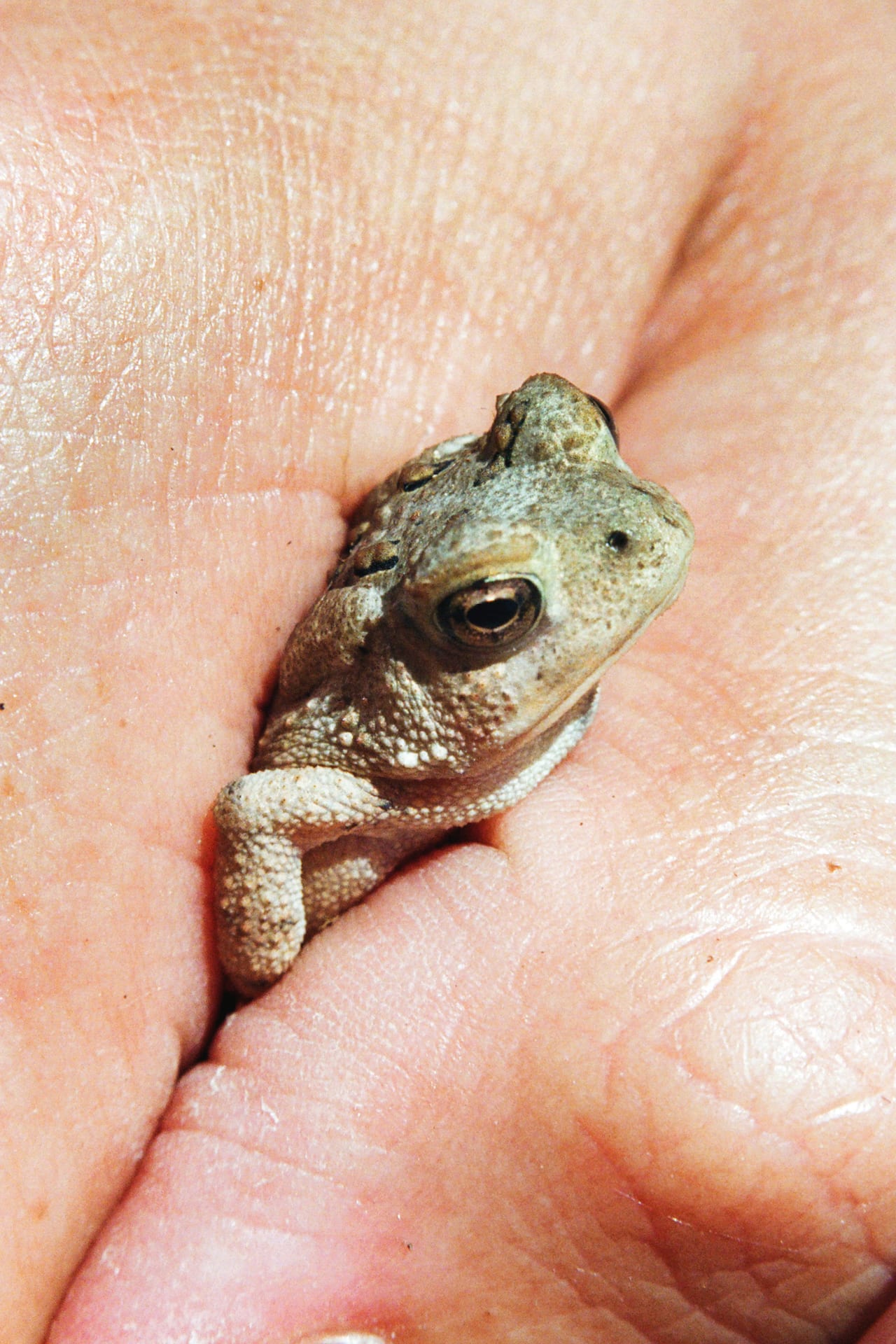
When you Google Bobby Doherty, staff photographer at New York Magazine, the words “film,” “35mm,” and “vertical” repeatedly come up. But since being commissioned for editorial, the New York based artist has focused his time on producing digital still life photography. “Now I’m known for doing super digital studio stuff, which is cool because I like making that kind of work; but it’s nice to be able to step away from the studio and live outside,” he says. “I like taking photos all the time – it’s nice not to have to worry about the technical aspect and just go out with a camera and film.”

In October 2017, Oliver Chanarin, a photographer professor at the University of Fine Arts in Hamburg, printed an archival photograph onto cardboard in his office, and left it on display for his job share partner Adam Broomberg. The next week, his colleague printed an image on top of the photograph. This exchange happened several times, ultimately creating unprompted photomontages. “I left a sample for Adam, as a little gift,” says Chanarin, who was born in London but grew up in South Africa as a child to South African parents. “That’s how it began; as a conversation in images printed on cardboard.”

Has anything improved since Linda Nochlin’s 1971 essay Why Have There Been No Great Women Artists? The fact that women make up just 15.5% of the artists’ files on Wikipedia suggests not. According to L’Observatoire de l’Egalite, only 30% of the artists exhibited in galleries are women, even though more than 60% of art students in France are women.
Even so, there is some cause for optimism – as French photographer Vincent Ferrané points out. “Of the top 500 contemporary artists in 2017 [in France], only 14% of women,” he says. “But 30% of those were born after 1980.”
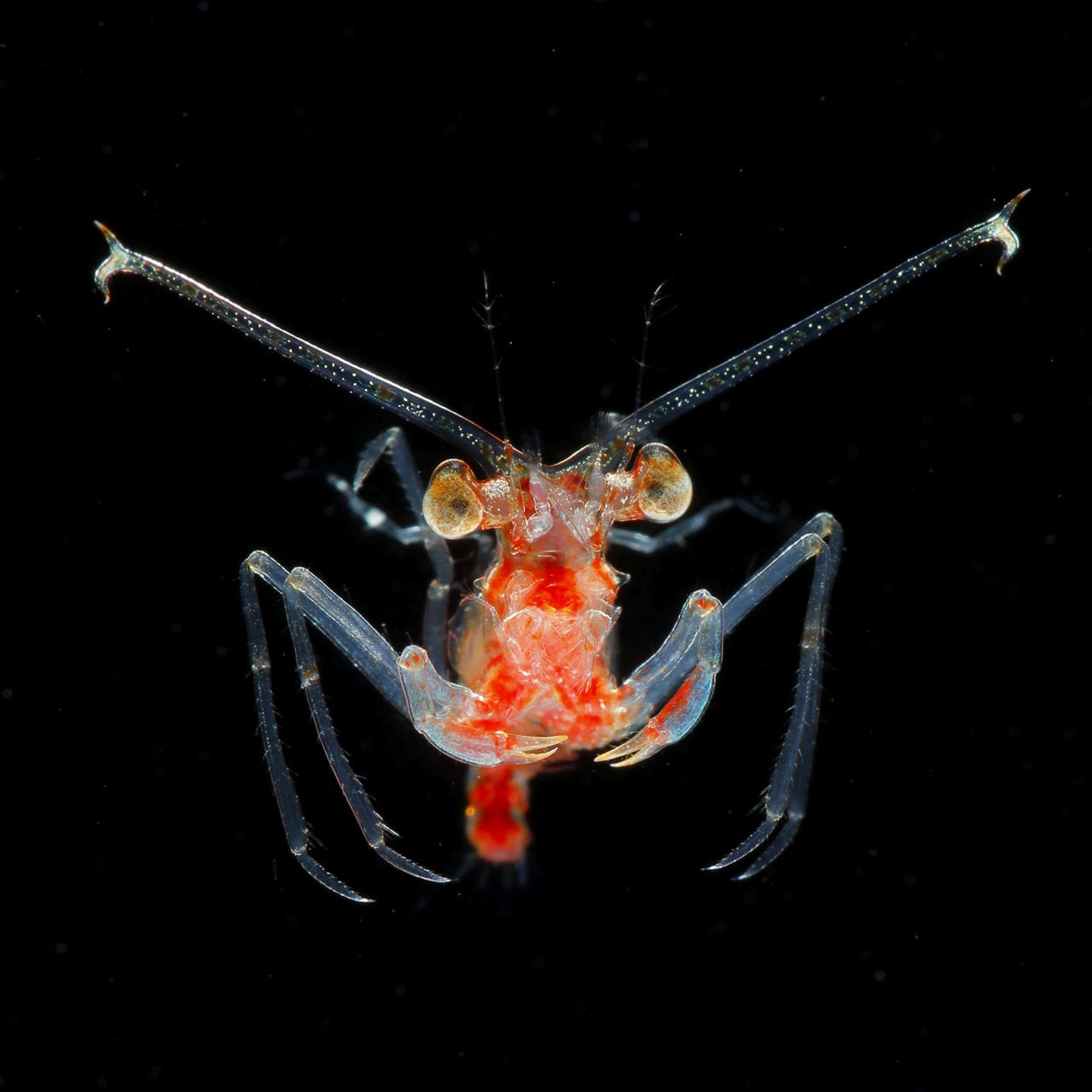
“Plankton are intriguing and beautiful creatures,” says Japanese photographer Ryo Minemizu. “They symbolise how precious life is by their tiny existence.”
He’s been shooting plankton for 20 years, spending between two and eight hours underwater everyday recording the tiny creatures, which can be plants, animals, or other types of organism. Drifting in the ocean, unable to swim against the current, plankton are the most abundant life form on earth after bacteria, but measuring 2mm-40mm in size, are invisible to the naked eye. Minemizu has registered his own technique to photograph them, which he’s called Black Water Dive, and which involves setting a stage underwater using flashes and other forms of lighting.
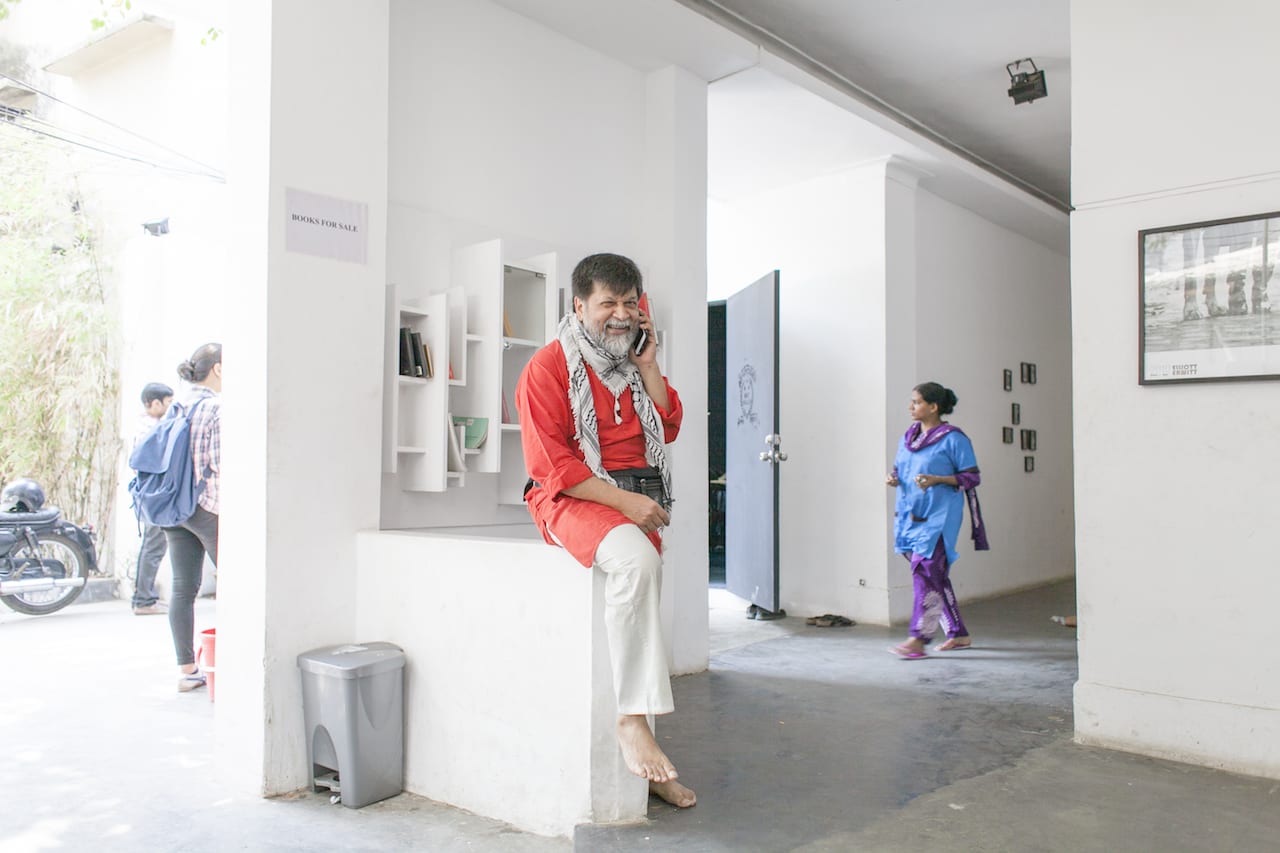
Photographer Shahidul Alam has been imprisoned by Dhaka Metropolitan Magistrate’s Court for spreading “false and harmful information” against the government after remaining in police custody for seven days.
He was placed before authorities around 3pm on Sunday 12 August, and charged under section 57 of the Information and Communications Technology Act, Moshiur Rahman, deputy commissioner of police, told the Bangladeshi title The Daily Star. His lawyer and his family members were not informed about the court hearing.
In a letter submitted by investigating officer Mr Arman Ali, the 63-year-old was accused of giving “false and harmful information through Al-Jazeera, various electronic media, and his Facebook timeline, which led to deterioration of the law and order situation in the country, and created fear and terror in the minds of the public”.
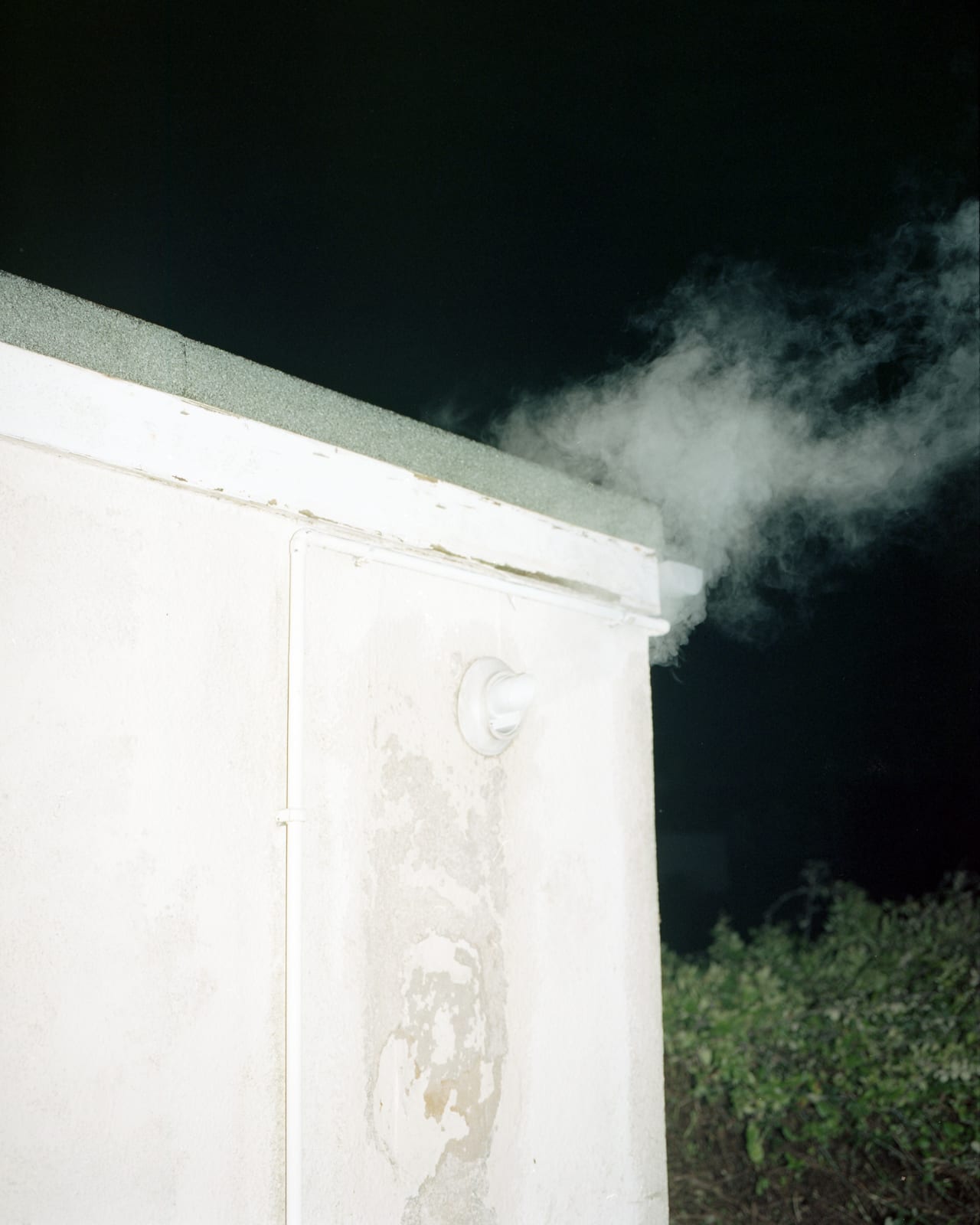
Growing up, photographer Tom Roche learned about his Romani Gypsy heritage only through fragmentary stories and speculation. “My great, great uncle was stabbed in the heart with a wooden stake because he owed money for land,” says Roche, a recent University of the West of England graduate. “Then I had one aunt, aunt Liz, who used to pick crops, one aunt that made baskets, and another who sold pegs – or so I’m told; I don’t have any images, records, or concrete facts of my ancestors.”